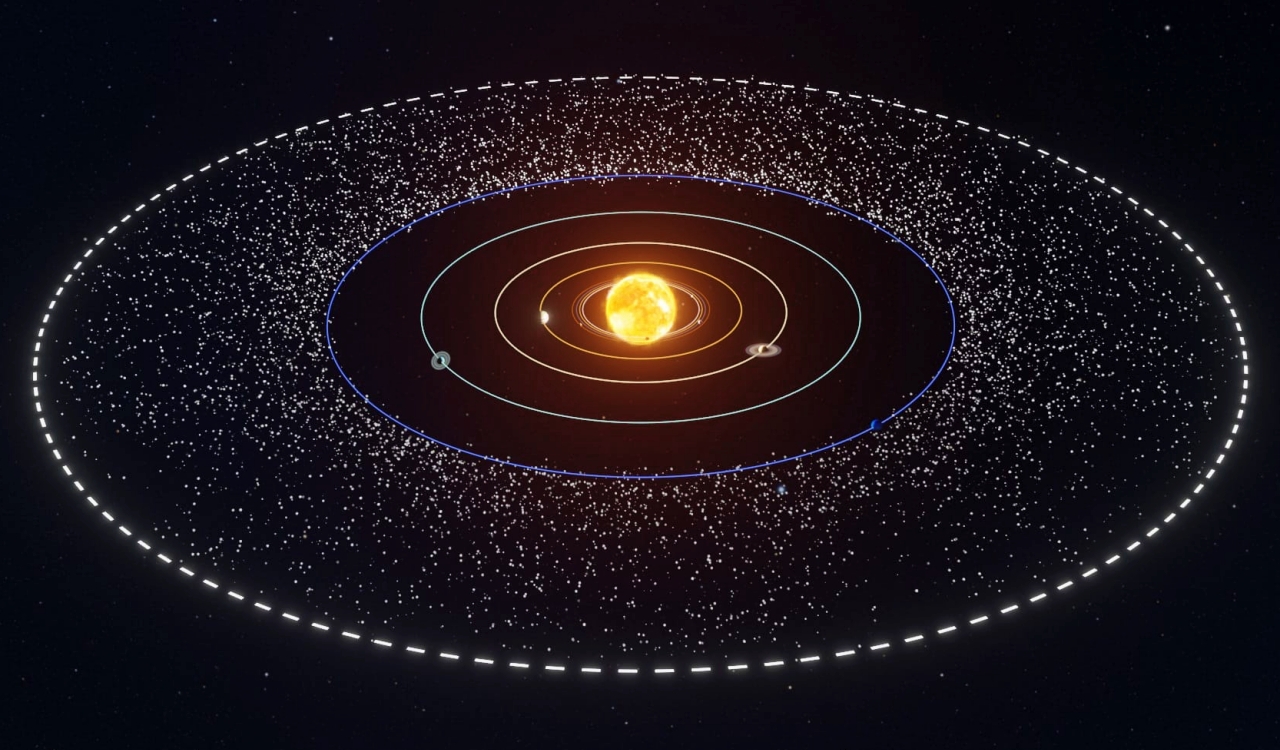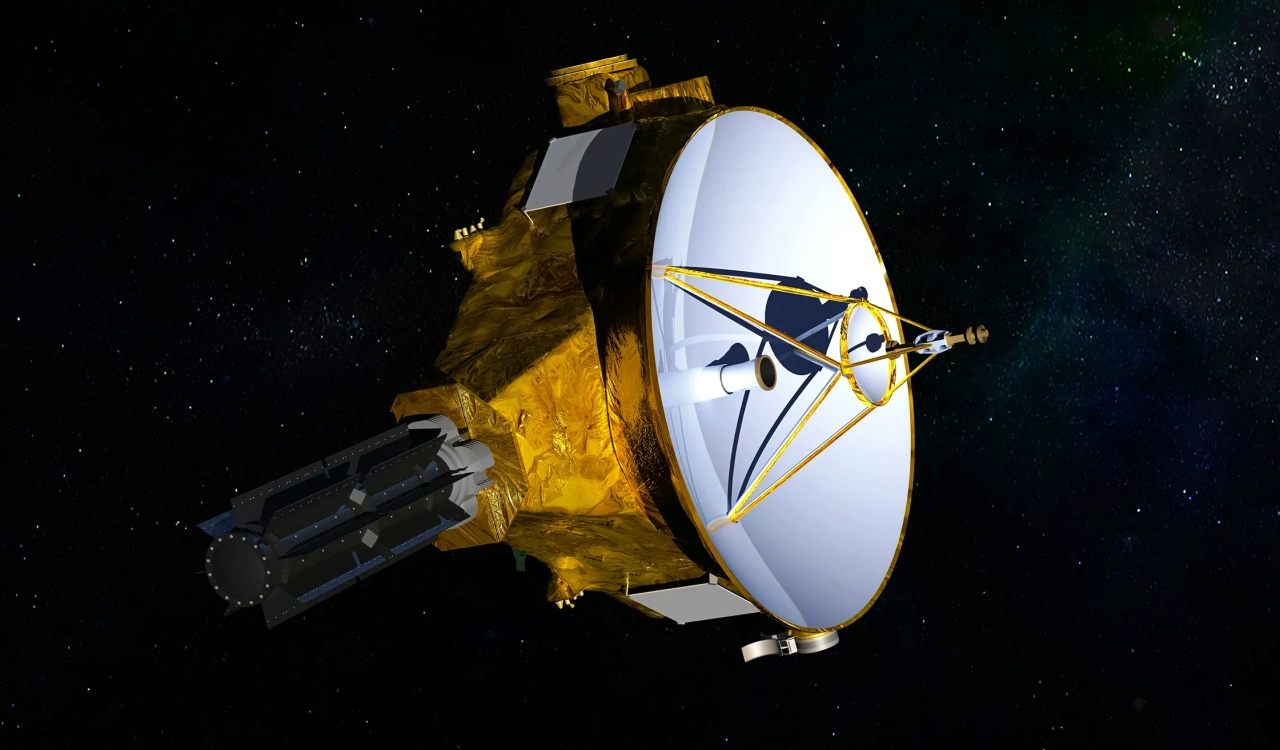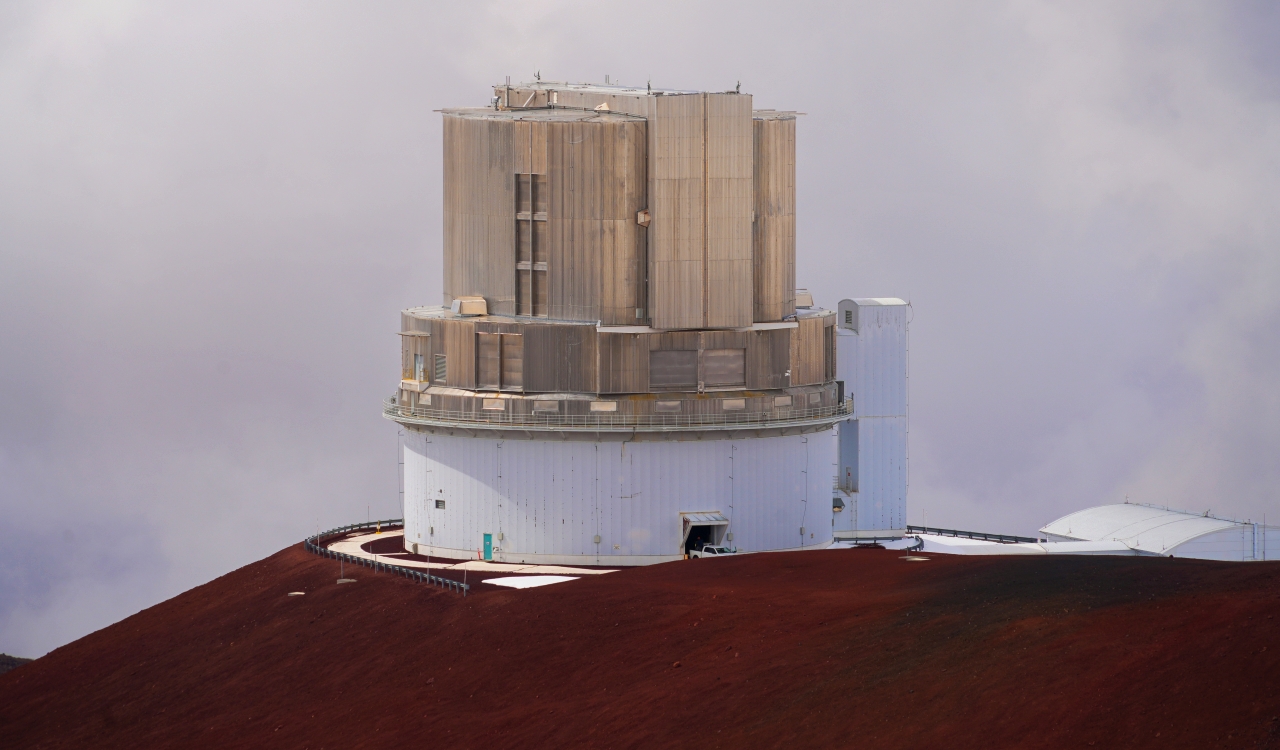Our Solar System has proven to be quite interesting and we keep learning more about it all the time. Beyond Neptune, we have several small icy objects in what is known as the Kuiper Belt. Pluto happens to be a resident of the area. However, is there possibly a second Kuiper Belt?
We know that after 50 astronomical units or AUs (50 times the distance from Earth to the Sun), the Kuiper Belt just ends. We go from many objects to absolutely none.
Yet this is odd because in most other solar systems scientists have studied, if they have a belt like this, it will stretch outward for hundreds of AUs.
Astronomer for the National Research Council in Canada, Wesley Fraser, claimed that this knowledge of our solar system is “disquieting.” He went on to say that “one odd thing about the known solar system is just how bloody small we are.”
Yet this new discovery might challenge that assessment.
New Discovery In Kuiper Belt

Fraser and his colleagues were using ground-based telescopes to hunt for fresh targets for NASA’s New Horizon Spacecraft. The craft is now past Pluto, and nearly out of our solar system entirely. The scientists then made what is considered to be a pretty amazing, though still preliminary, discovery.
They found roughly a dozen objects that can be found beyond the 60 AU point. That is nearly as far from Pluto as Pluto is from the Sun! If their findings are verified, it would tell us that the Kuiper belt might extend further than we thought.
However, there seems to be a solid 10 AU gap between these newly discovered objects and the objects in the Kuiper belt. Thus, we may have to recognize a separate, second Kuiper belt.
It should be noted, again, that things need to be verified. The findings here are being prepared for publication where their findings will surely be peer-reviewed by other scientists. Yet the data is supported by measurements from the New Horizons craft itself.
The Data Supports This

It is at the 57 AU point currently and is beyond the edge of our known Kuiper belt. While many of its instruments are in “hibernation” mode, the dust counter has been running constantly during its entire mission.
The dust being found would be a major sign of colliding planetary bodies. Therefore, the New Horizons team felt that the spacecraft would see a good bit of dust fall off when the craft left the Kuiper belt. There, it had notably rendezvoused with the Arrokoth object.
Yet Alan Stern, the Mission’s Principal Investigator and Planetary Scientist at the Southwest Research Institute, claimed something very interesting. He said:
“The number of impacts is not declining. And the simplest explanation for that is that there is more stuff out there that we haven’t detected.”
Their findings are certainly interesting but for those outside of the team, they are hard to reconcile with. There are unpublished results from a recent survey of the outer Solar System using the 4-meter Victor M. Blanco Telescope in Chile.
It surveyed a different section of the sky and turned up only one object beyond 50 AU. Several other surveys came up dry entirely, so many are not sure if the findings can be believed.
New Horizons Mission Almost Shifted

There were threats to shift New Horizons from planetary science to heliophysics (study of the Sun and its plasma-filled envelope). Yet NASA decided against this. Then claimed they would extend the mission’s current focus until the end of this decade.
This, of course, means the craft could visit another object like Arrkoth or discover something even bigger. If a second Kuiper belt does exist, then it might be worth sticking around in the area and seeing how much more could be there too.
For many years, astronomers have scouted targets for this mission. They used wide-field cameras, such as Japan’s 8.2-meter Subaru Telescope. This massive telescope is needed because Kuiper belt objects are quite faint and slow-moving.
It is even harder to find targets for New Horizons because the spacecraft appears to be flying straight toward the bright center of the Milky Way. However, this is because we’re viewing it from Earth and not from the craft itself. Yet instruments have been going wild for it the whole time.
Move To AI May Have Aided Discovery

To boost the signal, the scientists electronically combine hundreds of images from a night of observation. During that time, they hope a bright blop will appear along a likely trajectory.
They were initially examining images manually, having to look at 15,000 candidates per night. Now, they use artificial intelligence to help.
Fraser claims things are much less painful now, saying:
“You go blind pretty quickly. We went from a week of agony for an army of people to 6 hours of vetting.”
It isn’t as if discovering more in the Kuiper belt is new for scientists. In 2021, astronomers found hundreds of new objects there. Most sit within 30 to 50 AUs. However, 12 were found past the 60 AU point. Making it a must-see for the New Horizons Mission.
Fraser and his team were able to find these 12 objects. This added to a clue as three blips were spotted by star-tracking sensors on the Hubble Space Telescope in its first 20 years.
These sensors have one job, to stare at single stars for long periods of time to help with pointing the telescope. They briefly dimmed for a fraction of a second, suggesting the stars were eclipsed by something in the Kuiper belt. It is not uncommon for objects in the Kuiper belt to get in the way.
However, when it goes beyond 60 AUs, that is a very interesting situation.
Scientists Are Working For Confirmation

The team has been trying t confirm the objects’ orbits. Doing so by capturing them at three or four spots along their known or assumed courses.
They believe one reason the Blanco Telescope did not see similar results was that objects are clustered near New Horizon’s path. This could even be due to Neptune’s gravity. It is not lost either that the new objects are also between the 50 to 60 AU territory.
In other solar systems, planets orbiting within a dusty disk will carve gaps by sucking up material. Yet no large planet has been seen in this gap. Of course, the gap could also be a relic from our Solar System’s infancy. Likely caused by waves of pressure in the disk.
The team returned to Subaru for several days in September to further check their results. There, they used an optical filter that Fraser claimed would allow them to see fainter and smaller objects. They are now still analyzing this data.
If a second Kuiper belt ends up being real, more than a dozen new distant bodies will emerge here. Fraser claims that if they do not see what they expect then they have “completely missed something.”
References:
A Second Earth-Like Planet May Exist In The Solar System, Say Scientists